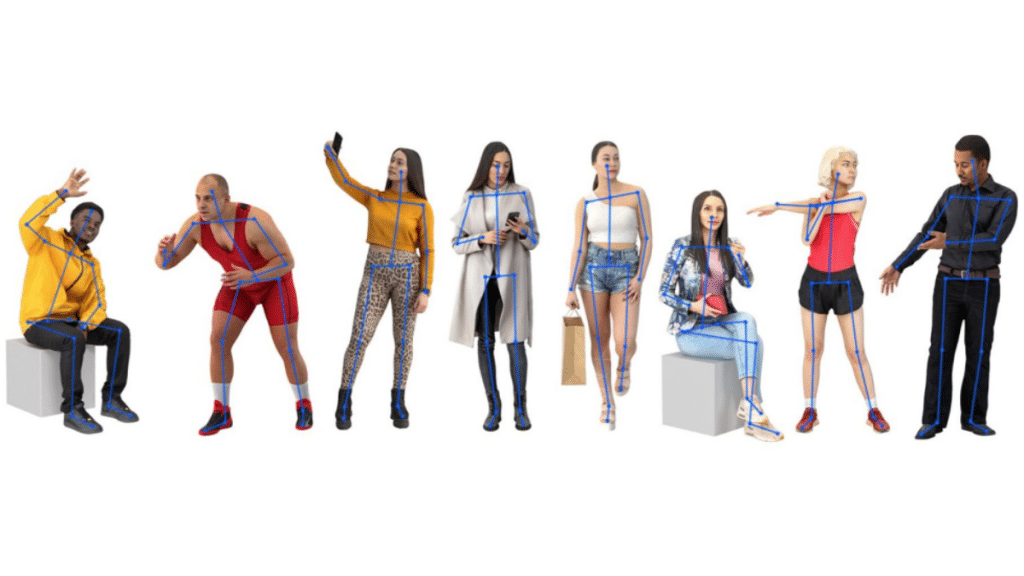Creating realistic animations for digital 3D characters is a complex and demanding task. It requires capturing the nuances of human movement and translating them into believable performances. While traditional animation techniques have their merits, motion capture technology has revolutionized the industry by allowing artists to capture real-world implementations and apply them to digital characters. In this article, we will explore the use of motion capture technology and its role in creating realistic animations for digital 3D characters.
What is Motion Capture?
Motion capture, often abbreviated as mocap, is a technique that involves recording the movements of real-life actors or performers and translating them into digital data. This data can then be applied to digital 3D character models, enabling them to replicate the movements and actions of the performers with remarkable precision.
Capturing Realistic Movement
Motion capture technology captures the intricate details of human movement, including body language, gestures, and facial expressions. Performers wear specialized suits embedded with markers or sensors that track their real-time movements. These sensors precisely record each marker’s position, orientation, and velocity, resulting in a highly accurate representation of the performance.
Retargeting Motion Capture Data to 3D Characters
Once the motion capture data is recorded, it can be applied to the digital 3D character models. The data is mapped onto a virtual skeleton within the 3D software, aligning the performer’s movements with the corresponding joints of the character. This process is called retargeting, and it transfers the captured motion onto the surface, resulting in realistic animations that replicate the natural movements of the performer.
Boosting Realism with Keyframe Animation
While motion capture provides a solid foundation for realistic animations, keyframe animation often complements it. Animators refine and polish the captured data by adding keyframes, adjusting timing, and fine-tuning specific actions. This combination of motion capture and keyframe animation allows for greater control and artistic interpretation, resulting in realistic and artistically appealing animations.
Expanding Possibilities with Facial Motion Capture
In addition to capturing body movements, facial motion capture technology has advanced significantly. Performers wear specially designed headgear with cameras or sensors that track their facial expressions and gestures. This data is then applied to the digital character’s facial rig, enabling the recreation of subtle facial nuances and emotions with remarkable accuracy.
Advancements in Real-Time Motion Capture
Real-time motion capture has emerged as a game-changer in the industry. This technology allows performers to see their virtual characters in real time as they perform, providing instant feedback and enhancing the overall performance. Real-time motion capture enables directors and animators to make immediate adjustments, resulting in a more collaborative and efficient animation process.
To sum it up
Motion capture technology has transformed how realistic animations are created for digital 3D characters. By capturing the movements of real-life performers and translating them into digital data, artists can achieve unprecedented levels of realism and authenticity in character animations. As technology advances, we can expect further enhancements in motion capture, allowing for even more nuanced and lifelike performances. The integration of motion capture with traditional animation techniques and the inclusion of facial motion capture has opened up endless possibilities for creating compelling and immersive digital characters that captivate audiences worldwide.
